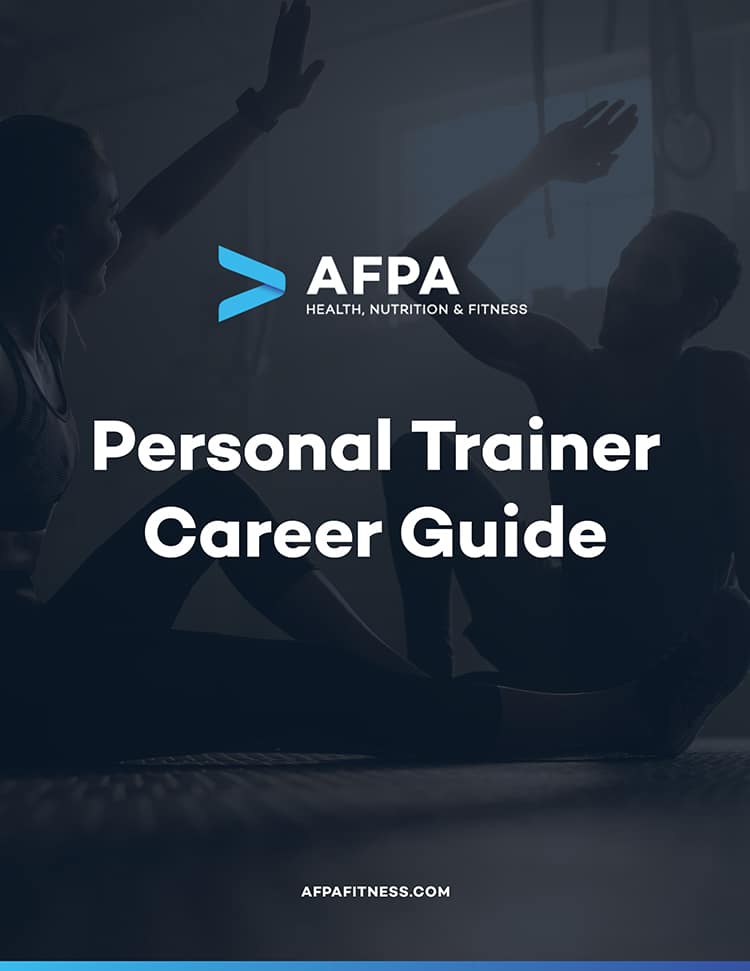Teaching a group fitness class can be quite rewarding. A good sense of accomplishment comes from helping people interested in living a healthier life by becoming more active. Financial rewards exist as well. A certified group fitness trainer may find him/herself in great demand at commercial gyms and fitness studios.
Running group workouts does require some skill and insight. Teaching a collective of several people isn’t the same thing as instructing someone one-on-one. Yet, there does need to be a personalized touch in an approach to group training. Otherwise, the attendees won’t enjoy. When that happens, they drop out. Newbies to teaching group fitness classes should think about the following ways to better run a group workout.
Give a Good Introduction
Let the people in the class know who you are and what kind of workout they should expect. Don’t automatically assume everyone knows this info. Start each class with something along the lines of “For those who are new, I’m John/Jane Doe, certified trainer, and this is my basic cardio kickboxing class.” Mentioning if any new members need a little extra help, you are there to answer questions and lend assistance would be another plus. Asking if anyone has any injuries would be a good idea, too. You don’t want someone hurting themselves further.
Don’t Create Generic, Standard Workouts
Workouts are not one-size-fits-all. A group fitness class likely includes different people with different fitness levels and training backgrounds. Breaking up the class into smaller groups of varying intensity levels might be worthwhile. This way, those who need to start slow can and those requiring something more challenging won’t feel bored. Paint-by-numbers group exercise sessions come off as dull. Try to individualize the large class as best as possible.
Learn How to Become a Certified Personal Trainer Online in Less Than 6 Months

Be Enthusiastic and Active Yourself
Interacting a bit with each group helps. Actually, so would interacting with the members even when the class isn’t broken into groups. Standing at the front of the class the whole time doesn’t make the instructor engaging to members. He/she has to be active and work with the group.
Move around and perform the exercises in front of people and next to them. A two-fold benefit exists when you do this. By demonstrating moves, you provide a visual guide in regards to the right way to perform the exercises. Exercising incorrectly not only takes the fun and productivity out of the class, the specter of injury risks may arise. Demoing the moves correctly equates to good instruction.
The other benefit brings up the old saying “Enthusiasm is contagious.” Performing all the moves in an enthusiastic manner while speaking loudly like a motivational coach shows you love what you do. That passions can rub off on others. They may become passionate, too. Even members who don’t pick up their own pace may feel highly motivated by your enthusiasm. They just might give the class high marks as a result.
Explain the “Why’s”
During a fitness class, instructors frequently tell members what to do. They don’t always explain why something is being done. Is the purpose of an exercise intended to increase strength, build endurance, or burn fat? When attendees don’t know why they are doing something, they may not be too thrilled about actually performing the move. Discussing the purpose and benefits of an exercise usually makes group members more interested in performing it.
Don’t Be Too Tough on Yourself
Teaching a group fitness class isn’t always easy. Experience and trial and error help make you a better instructor. If things are going perfectly, just learn from the experience. Just try to improve the next time
Author: Joe Humphries is a contributing writer and media specialist for Orangetheory Fitness. He regularly writes for health and fitness blog with an emphasis in high interval intensity training.
https://www.orangetheoryfitness.com/




